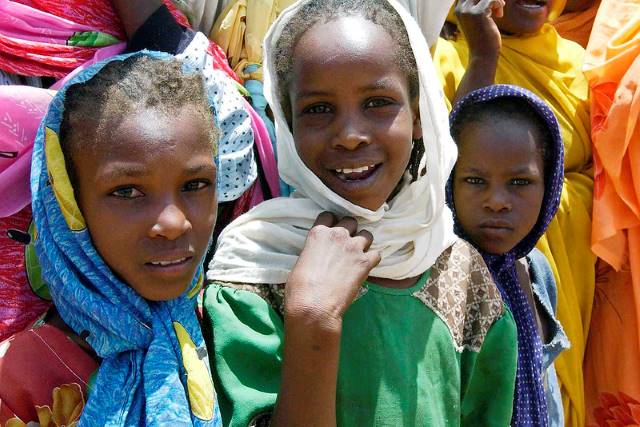 Although six African states issued legislation to prohibit female genital mutilation, the north African state of Sudan was lagging behind in these efforts. Female genital mutilation ( FGM) was illegal in some Sudanese states but the bans were widely ignored. Under the leadership of Omar al-Bashir, parliament rejected recommendations to ban the practice.
Although six African states issued legislation to prohibit female genital mutilation, the north African state of Sudan was lagging behind in these efforts. Female genital mutilation ( FGM) was illegal in some Sudanese states but the bans were widely ignored. Under the leadership of Omar al-Bashir, parliament rejected recommendations to ban the practice.
Female Genital Mutilation
FGM is defined as procedures that deliberately alter or cause injury to female genital organs. It is mostly carried out on young girls between infancy and adolescence and occasionally performed on adult women. These procedures are nonmedical and provide no health benefits, only harm to the female. It involves removing and damaging healthy and normal female genital tissue, therefore, it interferes with the natural functions of the female body.
The reasons behind FGM vary between regions due to a mix of sociocultural factors. The procedure is routinely executed by a midwife without anesthesia. There are four types of FGM. Type one is the partial or total removal of the clitoris. Type two is the removal of the clitoris and inner labia. Type three is the removal of all the external genitalia or narrowing of the vaginal opening. Type four is any other type of damage to the female genitalia, such as burning, scraping or piercing.
Females experience either short-term or long-term effects. The short-term effects include severe pain, excessive bleeding (hemorrhage), genital tissue swelling, fever, infections, wound healing issues. The more dangerous and life-altering long-term effects include urinary problems, menstrual problems, increased risk of childbirth complications, the need for later surgeries or psychological problems.
According to UNICEF, 87% of Sudanese women aged between 14 and 49 have undergone a form of FGM. FGM is also more prevalent among the poorest women.
Actions to End Female Genital Mutilation
In 2008, the National Council of Child Welfare and UNICEF joined together to launch the Saleema Initiative, which focused on abandoning FGM at a community level. The initiative educated women about the health risks and encouraged females to say no to the procedure.
Additionally, the United Nations General Assembly took action in 2012 by calling on the international community to enhance efforts to end FGM. In 2015, the global community agreed to the Sustainable Development Goals (SDGs), which include a target under Goal 5 to eliminate all harmful practices, such as child marriage and female genital mutilation by 2030.
The World Health Organization (WHO) is addressing the issue by implementing guidelines, tools, training and policy to allow healthcare providers the opportunity to offer medical care and counseling to females suffering the effects of FGM. The WHO also aims at generating knowledge to encourage the abandonment of the FGM procedures. One final measure by the WHO is increased advocacy through publications and tools for policymakers.
Criminalizing Female Genital Mutilation in Sudan
In May 2020, the Sudanese Government criminalized FGM and made it punishable by up to three years in prison. But, experts remain concerned that a law is not sufficient in ending the practice due to religious and cultural ties to the procedure.
The sociocultural and religious ties surrounding female genital mutilation in Sudan complicate attempts to end the practice. Criminalizing FGM in Sudan may not be enough to end the practice. The National Council of Child Welfare, UNICEF, the United Nations General Assembly and the WHO are taking major steps to eliminate FGM or assist those already affected by the practice.
– Rachel Durling
Photo: Flickr
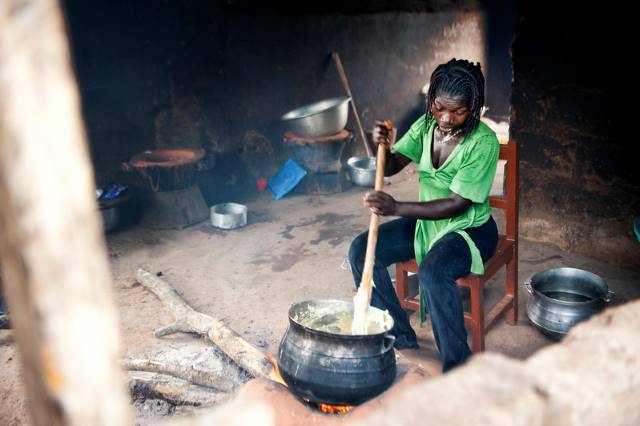 In North Darfur, a region of Sudan,
In North Darfur, a region of Sudan, 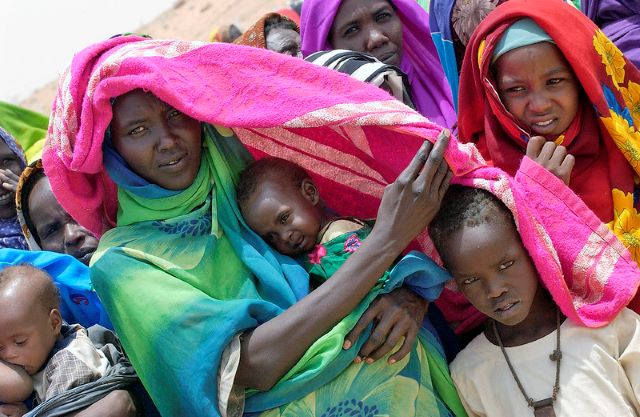 A fractured economy, political protests and the transition to a democratic country are factors that have put Sudan in the global spotlight. Due to shortages within the country and the added weight of COVID-19, Sudan is on track to receive much-needed financial aid from several global sources. Foreign aid to Sudan will provide direct relief to the impoverished people in the country.
A fractured economy, political protests and the transition to a democratic country are factors that have put Sudan in the global spotlight. Due to shortages within the country and the added weight of COVID-19, Sudan is on track to receive much-needed financial aid from several global sources. Foreign aid to Sudan will provide direct relief to the impoverished people in the country.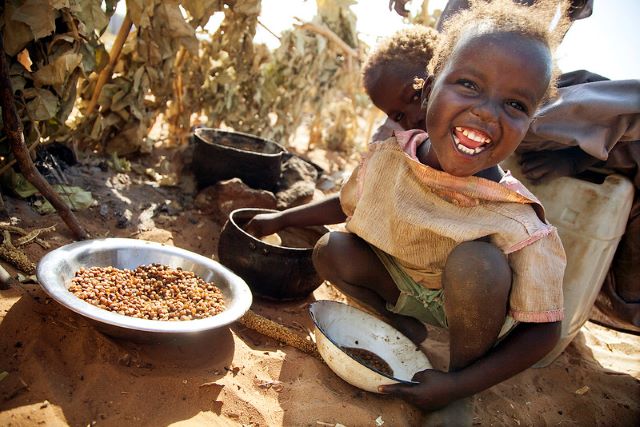 Sudan’s position on the list of states that sponsor terrorism restricted their trades, imports and economy. However, with the recent removal, Sudan has already reaped the benefits of foreign aid from the United States.
Sudan’s position on the list of states that sponsor terrorism restricted their trades, imports and economy. However, with the recent removal, Sudan has already reaped the benefits of foreign aid from the United States. 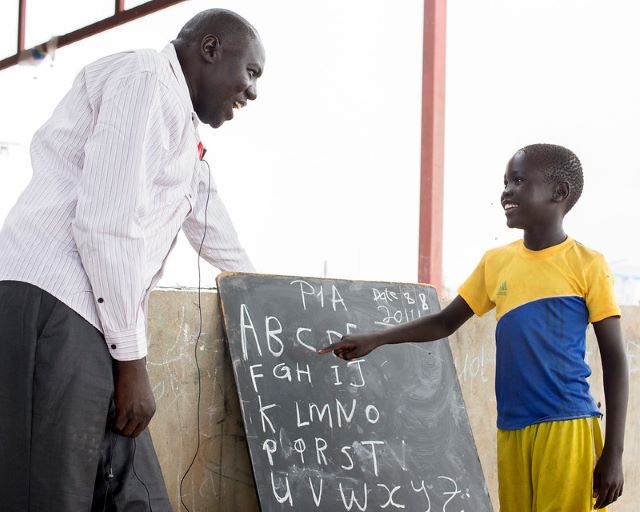 Over three million children in Sudan do not attend school. The severe gap in the education system continues the cycle of poverty in the country. Chronic underdevelopment and conflict are two of the most significant reasons children in Sudan are out of school. Girls face additional hurdles such as cultural pressures and traditional views that prevent them from receiving an education. While 76% of primary age children attend school, in secondary, the number
Over three million children in Sudan do not attend school. The severe gap in the education system continues the cycle of poverty in the country. Chronic underdevelopment and conflict are two of the most significant reasons children in Sudan are out of school. Girls face additional hurdles such as cultural pressures and traditional views that prevent them from receiving an education. While 76% of primary age children attend school, in secondary, the number 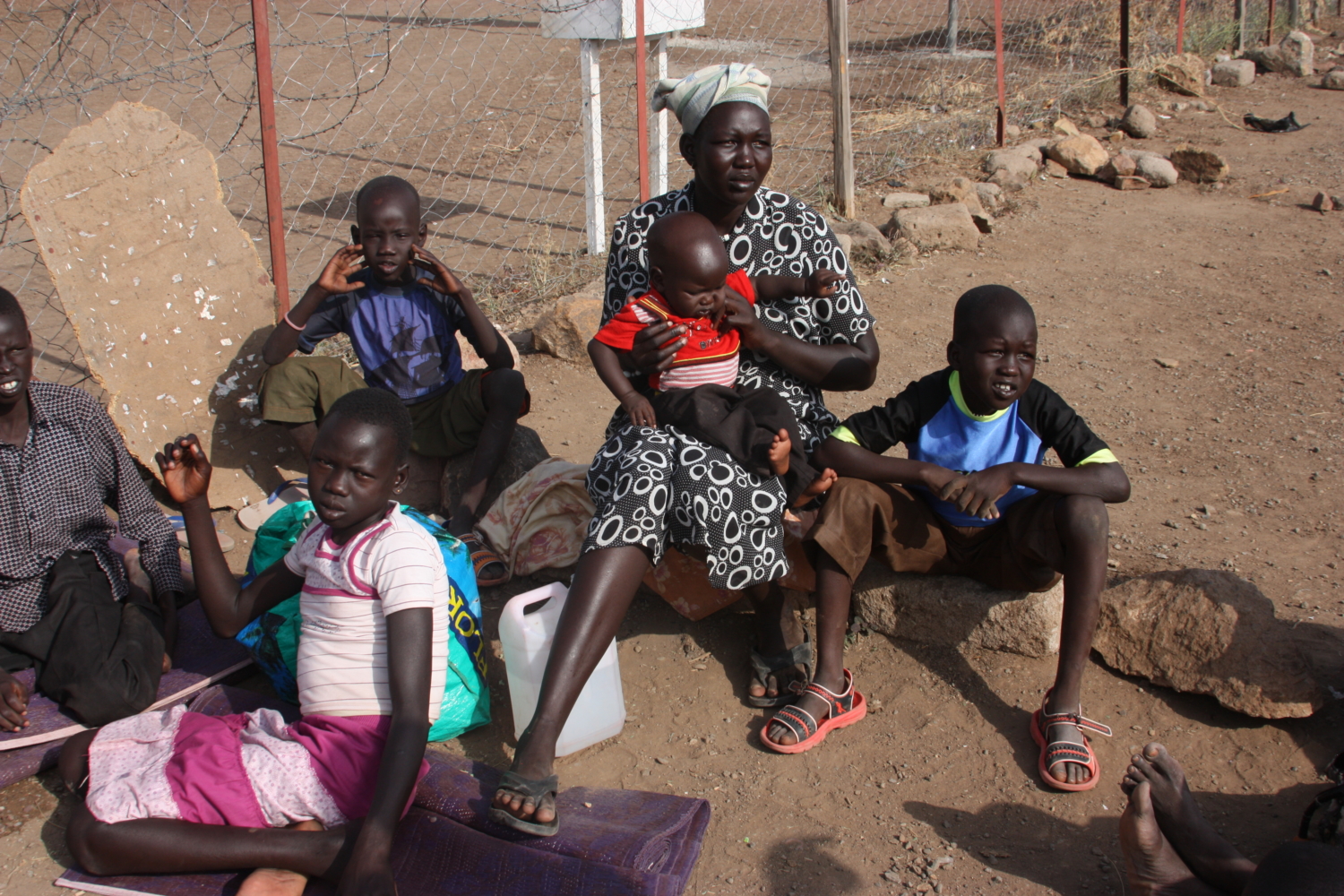 Many refugees in Sudan fled on foot to Egypt to escape violent and impoverished conditions in Sudan. About
Many refugees in Sudan fled on foot to Egypt to escape violent and impoverished conditions in Sudan. About 

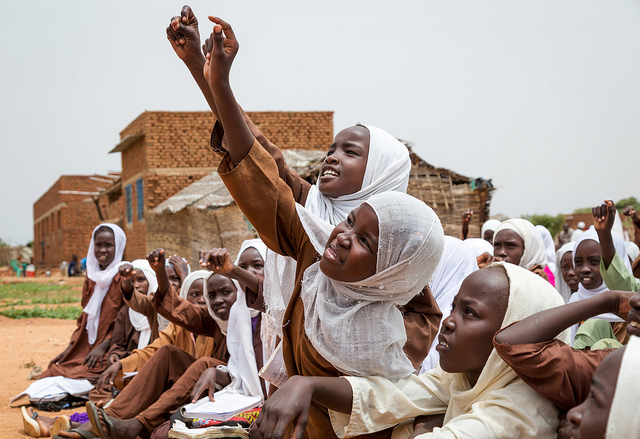
 Following decades of non-stop armed conflict, Sudan has a horrible human rights record and ranks as one of the
Following decades of non-stop armed conflict, Sudan has a horrible human rights record and ranks as one of the 